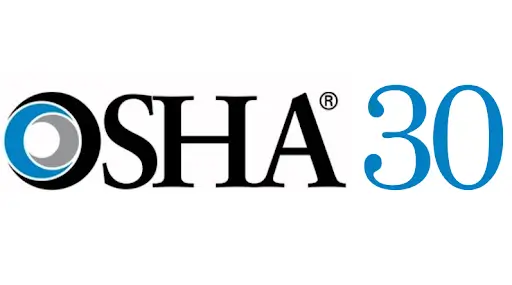Running at Night Safety: How to Stay Secure and Confident After Dark
Running at Night Safety is more than just a tagline—it’s an essential mindset. When you choose to lace up after sunset, you trade daylight’s natural advantages (visibility, bustling streets, passive safety) for darker roads, reduced perception, and potentially more hazards. However, with the right preparation, gear, and mindset, nighttime running can be a safe, enjoyable, … Read more









